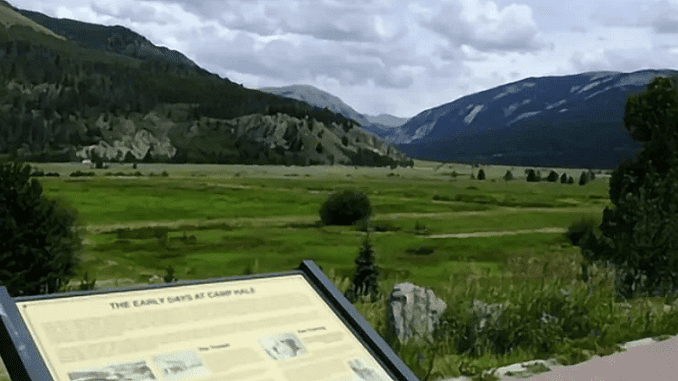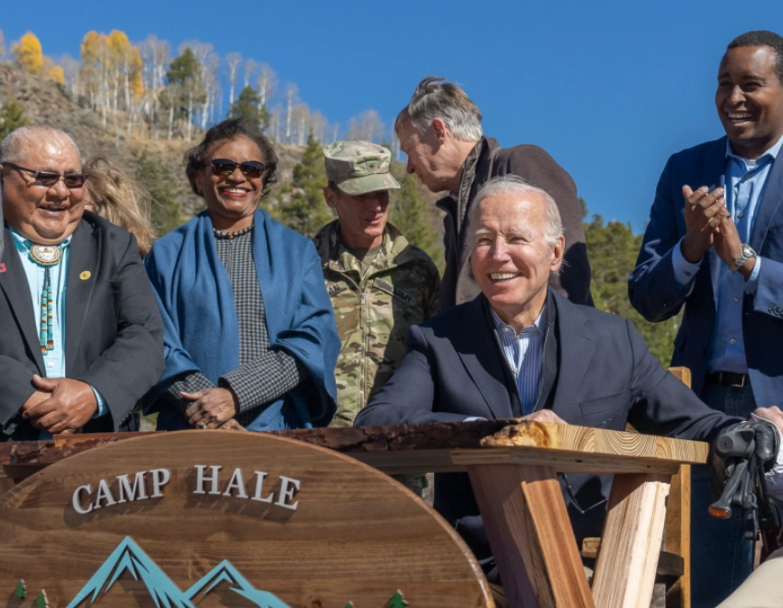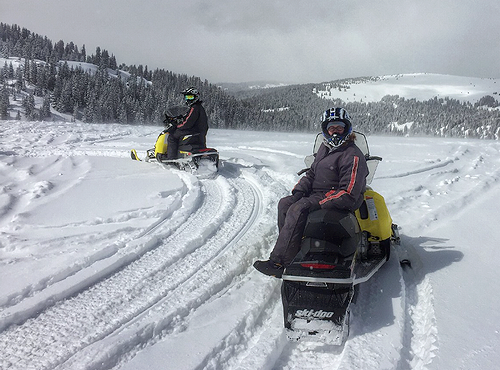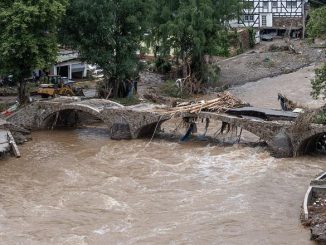
LEADVILLE, Colorado, October 14, 2022 (ENS) – President Joe Biden established the first new national monument of his presidency on Wednesday – the 53,800-acre Camp Hale-Continental Divide National Monument in the heart of the Colorado Rocky Mountains. The monument is intended to preserve a unique era of military history, as well as a visually and culturally rich landscape with broad recreational opportunities.
The President established the monument on lands managed by the U.S. Department of Agriculture’s Forest Service, using authority under the 1906 Antiquities Act.
“Camp Hale and the 10th Mountain Division are unique in our military history. The men and women who served and trained in this beautiful but punishing landscape made sacrifices for our country and made their mark on the history of the free world,” said Agriculture Secretary Tom Vilsack.
The mountains within this monument forged the elite soldiers of the famed 10th Mountain Division, the Army’s first and only mountain infantry division, which helped liberate Europe during World War II. When the vets returned they helped establish America’s skiing industry, and blazed trails in conservation, outdoor education and recreation.
“The stunning Camp Hale and Tenmile landscape is a recreation mecca where visitors enjoy alpine hiking, snowmobiling, skiing, camping and more. It is an honored obligation for us to protect this treasured piece of our national heritage,” Vilsack said.
“This area was also home to the Ute people long before recorded history, and their unique cultural perspective and historical knowledge is critical to ensuring that we maintain this area’s many priceless characteristics for generations to come,” the secretary said.
Ute Tribe Not Consulted
But the Ute Indian Tribe issued an angry rebuke of the new National Monument, calling it “an unlawful act of genocide.”

The Tribe issued its statement on Wednesday just hours after President Biden met with Colorado leaders to sign a proclamation creating the 53,804-acre monument on the Tribe’s traditional homelands, which are considered public lands by the U.S. government.
The Utes’ government headquarters is in Fort Duchesne, Utah. Its tribal lands – the second largest reservation in the United States – span much of the Uintah Basin.
In their statement, Ute leaders accuse the administration of not consulting with the Tribe or listening to tribal concerns before designating the national monument on Wednesday.
“The Tribe and its elected leaders were even excluded from the event taking place on their homelands,” stated the Ute Business Committee. “President Biden met with other tribes from the area, but did not include the Ute Indian Tribe and its Uncompahgre Band who sustained these lands long before the founding of the United States.”
“The Ute Indian Tribe learned about plans for the Monument just days ago,” the Ute Business Committee stated.
“Concerned about management of their traditional homelands, the Tribe’s elected leaders were quickly summoned for a call with the White House. Few details were shared and there was little time for the Tribe to share its knowledge and history of the area,” the Utes said.
“They moved forward with a monument on our homelands without including us. They talk about tribal consultation, but their actions do not match their words,” the Ute Business Committee said. “We cannot support a monument on our homelands that does not include the Tribe.”
However. with or without support of the Ute Tribe, the monument has been established.
The White River National Forest will continue to manage the lands of the national monument and will begin developing a monument management plan.
“There will be many opportunities for public involvement as the monument management plan is developed, including consultation with federally recognized Tribes and engagement with state and local governments,” the USDA said.
A part of the USDA, the Forest Service will pursue opportunities to partner on managing the monument to preserve its unique characteristics, “including entering into cooperative agreements with Tribes that have cultural ties to the monument,” the agency said.

The monument will not affect any permits held by the neighboring ski resorts and will continue to support a wide range of motorized and non-motorized recreation opportunities.
The proclamation allows for continued remediation of contaminated lands and for continued avalanche and snow safety management, wildfire response and prevention, and ecological restoration.
Laws, regulations and policies followed by the Forest Service in issuing and administering grazing permits on all lands under its jurisdiction shall continue to apply.
According to a statement by the White House, the federal government will continue to respect tribal concerns for the monument lands.
“The Ute Tribes were forced by the U.S. government to relinquish this area and much of their ancestral homeland in the mid-1800s,” the White House acknowledged. “The area remains culturally important to the Ute people, who return to this area of their homelands to pray, hold ceremonies, honor their ancestors, hunt, fish, and harvest plants.”
“The ecological diversity and abundant wildlife remain an important part of the value of this area, which features ecosystems, habitats, and important migration corridors for threatened and endangered species,” the White House said. “This area also includes Ute burial sites that are thousands of years old, including associated funerary objects, and other areas of cultural and spiritual significance.”
President Biden is convinced his first national monument designation respects Indigenous Americans.
On October 12, announcing the monument, the President said, “Last year, I issued a historic proclamation officially designating Indigenous People’s Day to honor the contributions of Native Americans — (applause) – to our society and acknowledge the history of violence committed against them.”
“Two days ago, we observed that day in this nation. Today,” Biden said, “I’ll be signing the proclamation to preserve these sacred Tribal grounds as a national monument.”
Featured image: Camp Hale National Historic Site – Continental Divide National Monument (Photo courtesy U.S. Forest Service)
© 2022, Environment News Service. All rights reserved. Content may be quoted only with proper attribution and a direct link to the original article. Full reproduction is prohibited.



